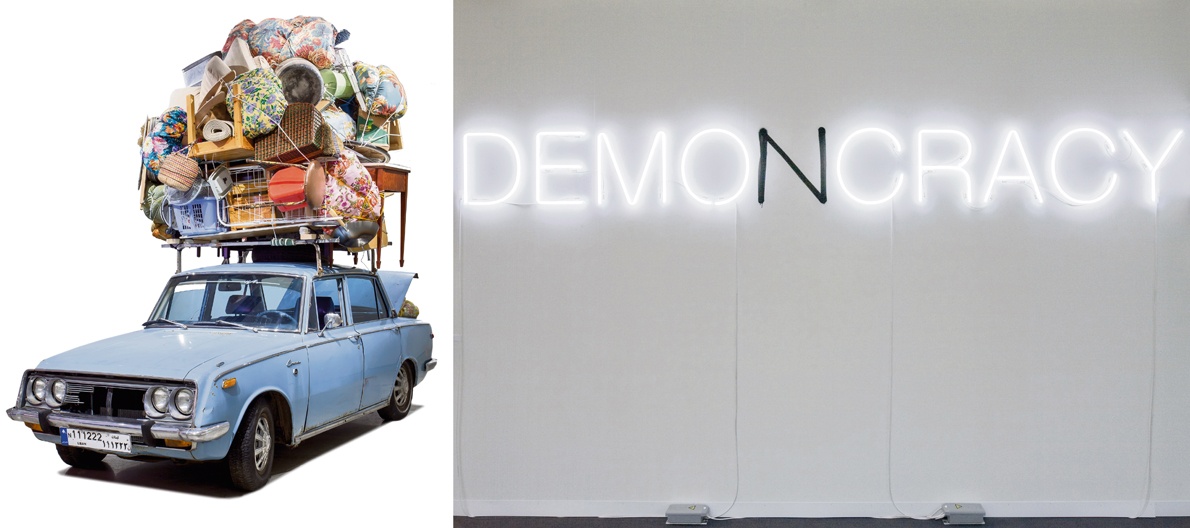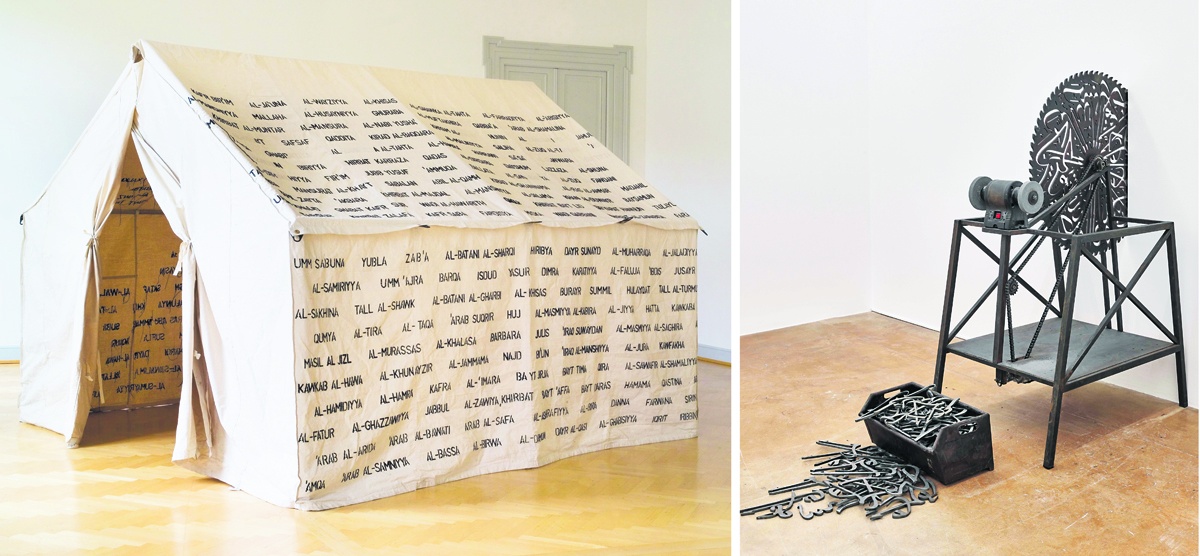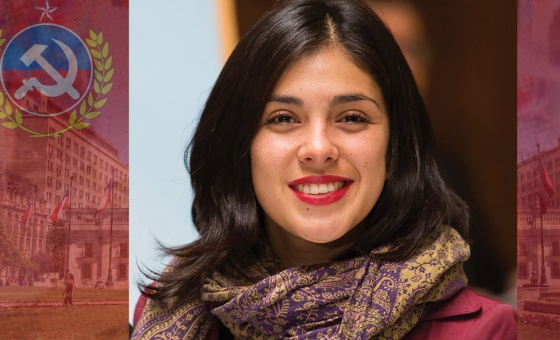This is the last article you can read this month
You can read more article this month
You can read more articles this month
Sorry your limit is up for this month
Reset on:
Please help support the Morning Star by subscribing here
GENERAL Vo Nguyen Giap, who masterminded the Vietnamese wars of liberation against both the French and the US, was fond of saying that his most reliable re-supply of weapons always came from his enemies.
Those words spring to mind while paging through the book Arabicity: Contemporary Arab Art— it is exactly what most of these Arab artists have done.

Educated at prestigious Western art colleges, they have turned an acquired art language into a weapon against the West, correctly perceived as the instigator of division, fratricide, political corruption, denial of civic freedoms and the rampant economic and cultural neocolonialist depredation of their native lands and their people.
Most of the works included express anguish in recording or responding to the oppression and misery inflicted throughout the Arab world by comprador elites succoured and mentored by the West and by murderous religious fanatics.
The photography, sculpture, painting and installations are impressive and the narratives vary from the confrontational to the persuasive and subversive, articulated as much by intellectual discipline as gut passion.
Kader Attia’s Demoncracy makes a simple yet eloquent point in invoking that malevolent enemy of humanity, the demon Shaitan, while Emily Jacir’s Memorial, a standard UN refugee tent, is perhaps the most moving piece.
It has the names of the 418 villages Palestinians were driven from in the apocalyptic 1948 land grab by the Israelis known as the Nakba (Catastrophe).

Over My Dead Body brilliantly and succinctly encapsulates Mona Hatoum’s customary belligerent defiance, while Nada Sehnaoui’s To Sweep is an ironic and utterly modern reworking of Emile Zola’s “J’accuse.”
The blade of Mounir Fatmi’s motor grinder in The Paradox, latticed with Arabic writing, cuts into a blank wall (of indifference?), while Batoul S’Himi’s “busted” pressure cooker depicted in World Under Pressure is perhaps a touch too obvious.
But it still has impact, as does Ayman Baalbaki’s Destination X — a series of symbolic clapped-out cars with mountainous cargos of refugee belongings on their roof-racks.
It’s impossible to predict what the impact of Rose Issa and Juliet Cestar’s extensive compilation, intriguing and informative though it may be, will have on the societies which have inspired the works they’ve selected.
But Western countries would do well to absorb the indictment contained in images which speak more eloquently than a thousand words.
Arabicity: Contemporary Arab Art, edited by Rose Issa and Juliet Cestar, is published by Saqi, price £19.99.












